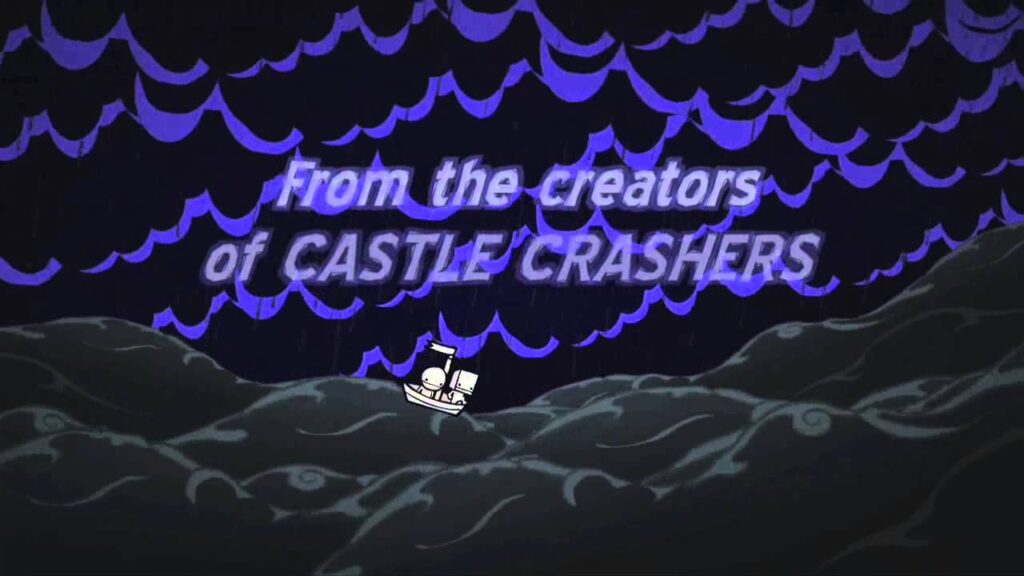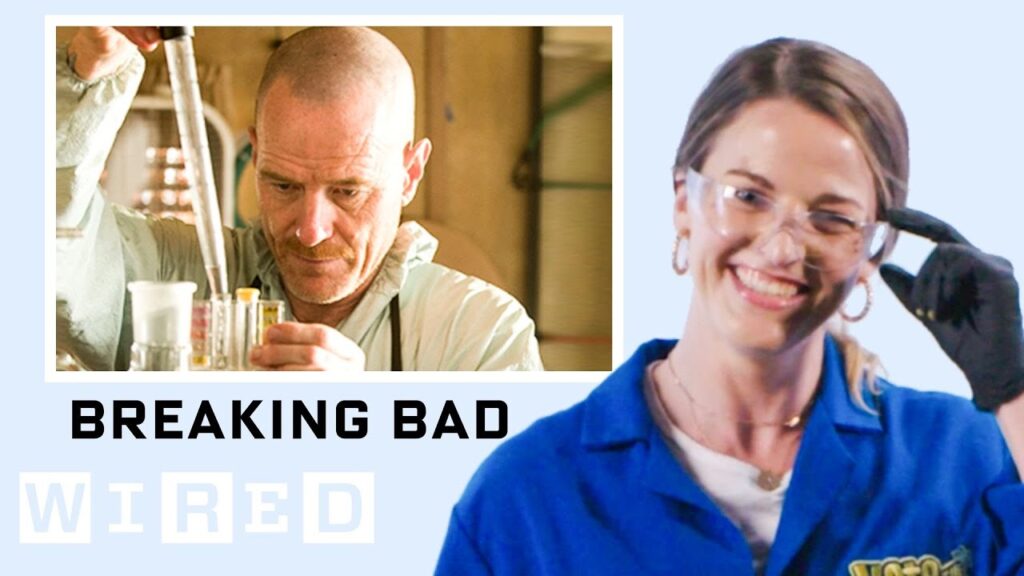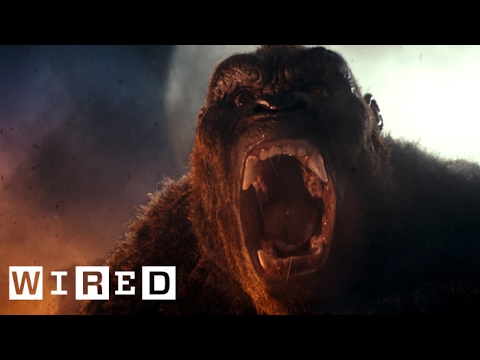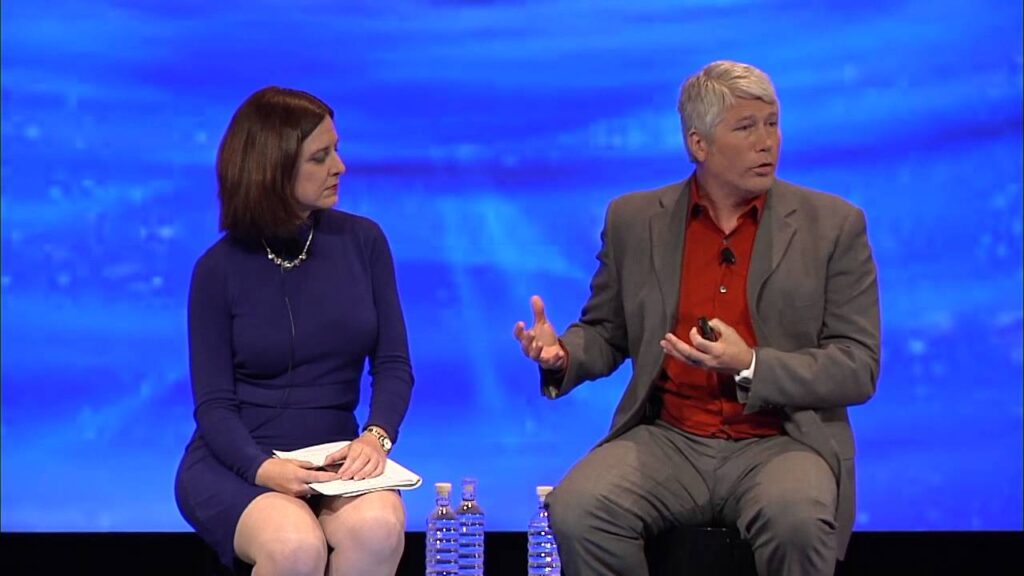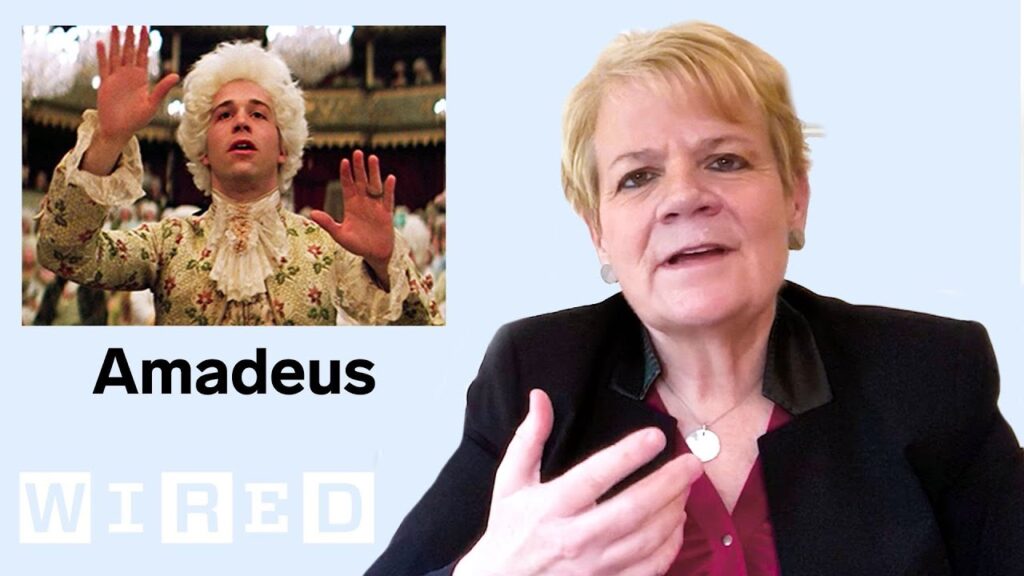Boldly Creating the USS Enterprise: A Look into the Making of Star Trek Beyond
Summary
In this video, Mike Simmel from FXguide.com discusses the making of the USS Enterprise for the 13th Star Trek feature film, Star Trek Beyond. The team responsible for the film’s visual effects had to create a believable environment while being faithful to the franchise’s history. They worked hard to design every detail, from the practical archive screens to the nebular holograms, and created thousands of screens and graphics for the crew members to interact with. The team used digital set extensions and added in CG characters to the scenes, which made the set extension process more complicated.
Table of Contents
- The Enterprise through the Years
- Building the Enterprise for Star Trek Beyond
- Constructing the Enterprise’s Interior
- Creating the On-Screen Graphics
- Bringing Digital Characters to Life
- Respect for the Culture
The Enterprise through the Years
For 50 years, fans have enjoyed the Star Trek universe, and a vital component of that universe has been the crew’s home on the starship USS Enterprise NCC-1701. Although the Enterprise has not always been treated well, there have been nine different versions of it on screen.
Building the Enterprise for Star Trek Beyond
The Double Negative team in London was responsible for most of the film’s exterior effects, while Atomic Fiction helped with approximately 350 shots, including building much of the inside of the Enterprise. The team wanted to pay homage to the franchise’s history while designing the Enterprise. They knew that fans would scrutinize each detail, so they had to ensure that everything made sense within the Enterprise’s internal logic.
Constructing the Enterprise’s Interior
Ryan Tudhope and Kevin Bailey supervised the team responsible for building much of the interior. They had to create a layout that made sense, and the team had to work out every internal logic that made the environments believable. There were thousands of screens, and every screen had to be filled with graphics that kind of made sense. The audience needed to believe that these screens were of that world, even though they had no idea what they did.
Creating the On-Screen Graphics
Gladys Tong of G-Creative Productions in Vancouver supervised the design of all on-set graphics, from archive screens to holograms. These graphics were then animated by companies like Atomic Fiction to bring them to life. Tong’s team had to design graphics that respected the culture of the Enterprise and the world that it inhabited.
Bringing Digital Characters to Life
The motion control multi-axis gimbal was used to film the principal plate photography of the set, making set extension a harrowing process. Atomic Fiction added in CG characters to the scenes, which increased the complexity of the set extension process. Stuntmen were filmed on set to ensure proper eye lines, which were then replaced by fully CG aliens.
Respect for the Culture
The Enterprise is a historical item reflecting both fictional and filmic Federation ancestry from the past 50 years. The design process had to include concepts that respected Enterprise’s culture and the world that it inhabited.
Conclusion
Making the Enterprise for Star Trek Beyond required hard work and dedication from a team of experts who wanted to pay homage to the franchise’s history while creating a believable environment. The team designed every detail, from the on-screen graphics to the interior and set extension. Each screen needed to make sense to the crew and the audience to be believable. Creating CG characters allowed for the incorporation of aliens into the film, making the set extension process more complicated. In the end, the team successfully created a world that was faithful to the franchise’s history and believable to the audience.
